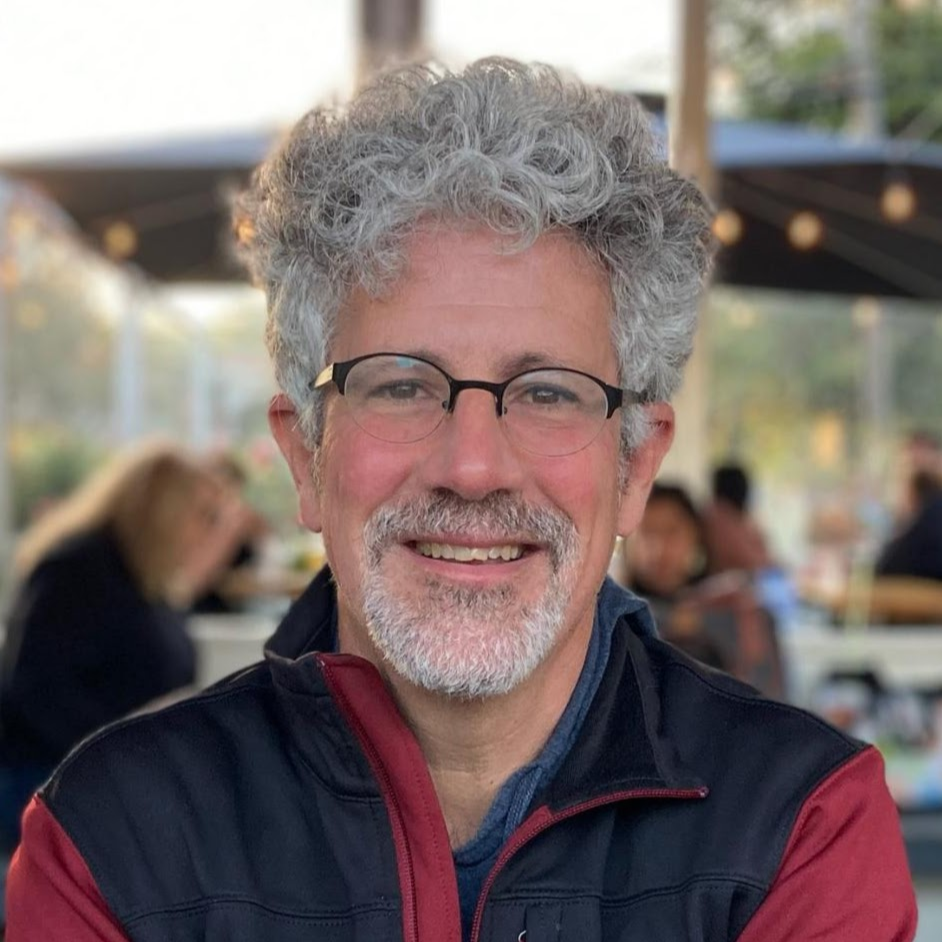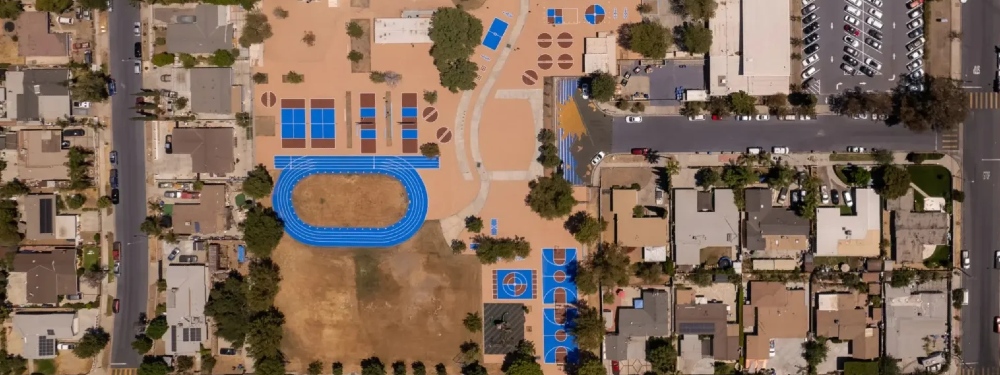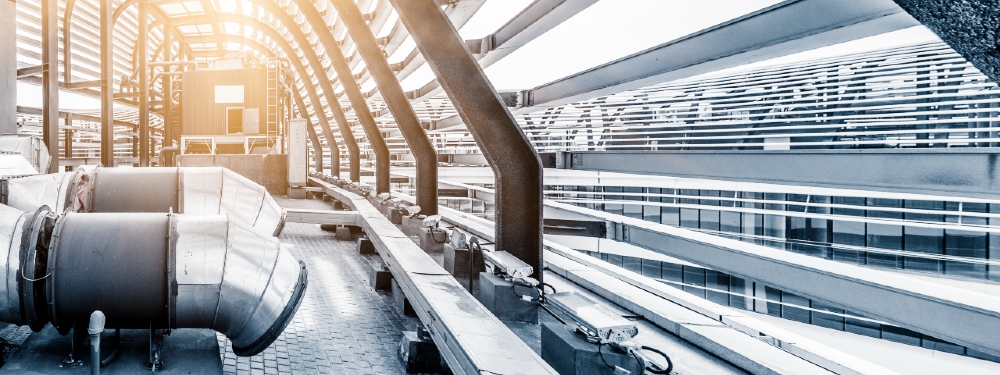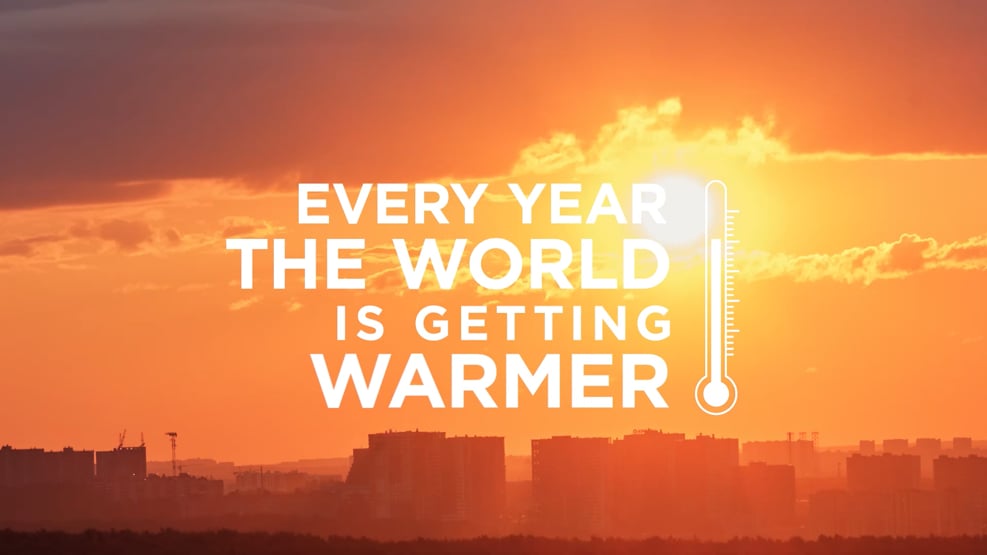The time to act is now: Efficient cooling for global development
Last week, I was fortunate enough to visit Denmark, the land of Hans Christian Andersen, delicious smørrebrød, and Lego (among many other wonderful things, of course). And from June 7-9, the Nordic country was also home to the International Energy Agency’s (IEA) 7th Annual Global Conference on Energy Efficiency, which took place in the coastal town of Sønderborg.
With the aim of transitioning to a ‘ZEROcarbon’ community by 2029, I can see why so many of the conference’s attendees suggested that Sønderborg should be called the world capital of energy efficiency!
During my Nordic adventure, I also took a daytrip to the HQ of cooling manufacturer, IEA conference sponsor, and Race to Zero participant Danfoss, in nearby Nordborg.
The conference brought together decision-makers from governments around the world, industry, and civil society to focus on how international ambition on energy efficiency can be translated into faster and stronger real-world progress. This year’s meeting came at a crucial time as the world battles the climate crisis, an energy crisis, and growing food shortages – the last two being catalyzed by Russia’s invasion of Ukraine.
During the conference’s opening plenary, IEA’s Executive Director, Fatih Birol highlighted the importance of efficient cooling for the clean energy transition. He pointed out that in many developing countries and regions, such as India, Southeast Asia, and Africa, cooling is the largest driver of electricity consumption. Dr. Birol continued to emphasize the need for cooling efficiency standards to avoid increasing cooling-related energy consumption and an expansion of power plants to meet said demand.
So, the stage was set for increased energy efficiency all around and the need to get cooling right.
Efficient cooling for global development
Later that day, I had the privilege of moderating a fantastic session on efficient cooling for global development, which included introductory remarks by Denmark’s Minister of Foreign Affairs, Jeppe Kofod, and a diverse panel of manufacturers, government representatives, and NGOs. Special thanks to the Cool Coalition for helping plan the session and coming up with such a great set of panelists.
If you weren’t able to tune in to the live session, I would encourage you to take a few minutes to watch the recording. Otherwise, check out my high-level summary below…
To kick off the session and stimulate discussion, I presented the panelists and audience with three thought-provoking statistics:
- An estimated 3 billion additional air conditioners will be installed around the world by 2050;
- More than 1 billion people currently lack access to the cooling they need; and
- If we get cooling right, we could avoid 100 gigatons of CO2e over the coming decades. That’s equivalent to two years of global greenhouse gas emissions!
It’s clear that the cooling path the world is currently on is not sustainable, but what is the global community doing to change it?
Cooling as a human right
As so succinctly put by panelist, doctor, and Egypt’s UN Youth Representative, Omina El-Omrani, “the impacts of climate change are no longer just an environmental issue, they are a human health issue.” According to Dr. El-Omrani, she regularly sees patients in the emergency room who are suffering from heat-related illnesses, highlighting the urgent need for wider access to effective cooling solutions.
Hakan Bulgurlu, CEO of appliance manufacturer Arçelik, echoed Dr. El-Omrani’s sentiment, saying it’s simply not possible to tell those who could die from heat not to purchase or use an air conditioner. Instead, we must focus on making the appliances super-efficient to keep climate commitments alive.
Sustainable cold chain
Closely linked to many aspects of global development, including vaccine supply, food security, and climate action, the global expansion of sustainable cold chains is crucial.
Several comments were made around the need for increased cold chain access to reduce agriculture/food loss and ensure the universal rollout of the Covid-19 vaccine and other medications that require refrigeration. We must ensure that the newly installed infrastructure and equipment is both energy efficient and uses climate-friendly refrigerants.
Raising the efficiency floor
Minimum energy performance standards (MEPS) and regulations were a common thread throughout the panel discussion, unsurprising for an energy efficiency conference.
From standards and labels, to business strategy, there was general consensus by all of the panelists that we need to raise global ambition. In doing so, we can ensure that the cooling equipment being installed is as efficient as possible and prevent developing countries from becoming the dumping ground for the least efficient products on the market.
According to CLASP CEO, Christine Egan, “we have a small window of opportunity to solve the cooling problem. The time is now to actually maximize ambition.”
Transitioning to more energy-efficient cooling equipment is a win-win-win, with consumers saving money on their utility bills, greater protection from the increasingly common and extended extreme heat events, and reduced stress on the power grid which in turn reduces the frequency of power outages.
And this summary covers just a snapshot of our hour-long session. Jürgen Fischer, President of Danfoss Climate Solutions and Ilham A. Habibie, Chairman of PT. Ilthabi Rekatama discussed the need for better training and upskilling opportunities in the cooling industry, particularly for women and local communities. While Ambassador Pharidh Kan from the Embassy of Cambodia to the UK, highlighted the importance of weaving cooling into national policies like Nationally Determined Contributions (NDCs), building codes, and Cambodia’s soon-to-be-launched National Cooling Action Plan (NCAP).
According to Dr. Fatih Birol, who provided closing remarks, cooling is the blind spot in energy policy making. He noted that while many countries are improving standards and making progress, there is still an unacceptable gap in cooling access. To close this gap while supporting the clean energy transition, we must scale up efficient cooling solutions. Instead of planning new power plants to meet growing cooling demand, he urged energy ministries to prioritize the setting of ambitious energy standards.
As brilliantly put by many of the panelists, the time for action is now. We can’t just talk about arbitrary goals and savings that are predicted by 2050. The cooling equipment that will be installed over the coming years will likely be in the field for at least a decade. We simply can’t afford to lock in 10 plus years of wasted energy and harmful emissions for each inefficient air conditioner and refrigerator bought today.
Mr. Bulgurlu hit the nail on the head when he pointed out that 2030 is no longer some abstract deadline, it is in fact only 395 (now 394) weeks away. “People need to stop talking just about a long-term goal, the time to act is now,” he concluded.
I couldn’t agree more.



